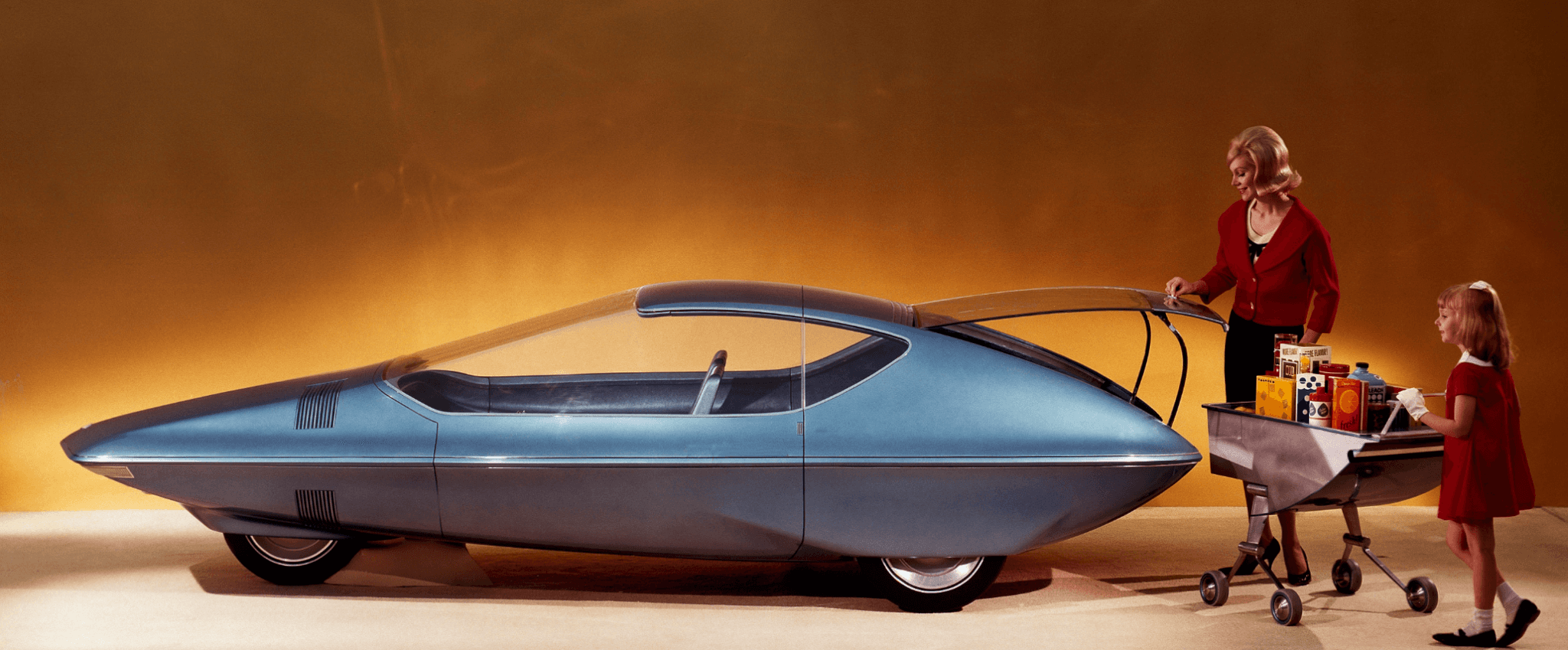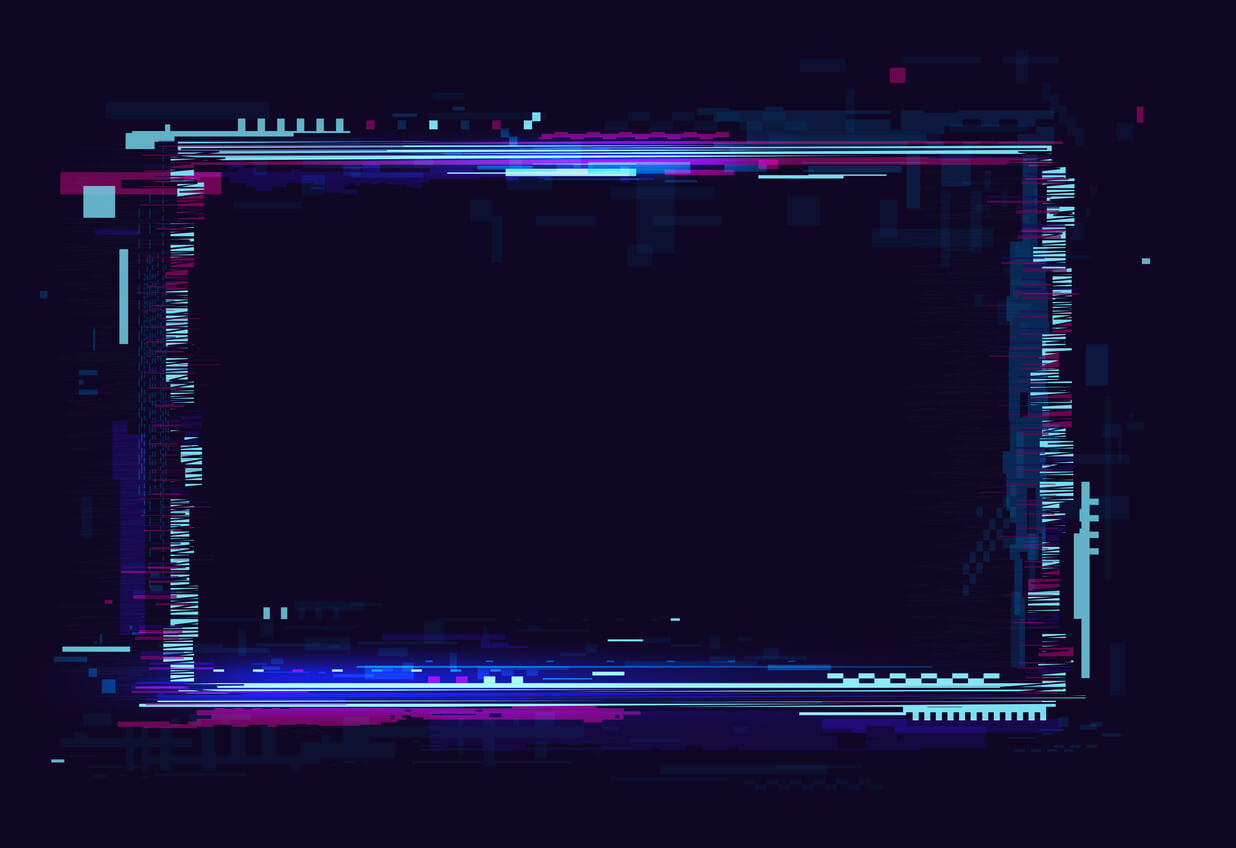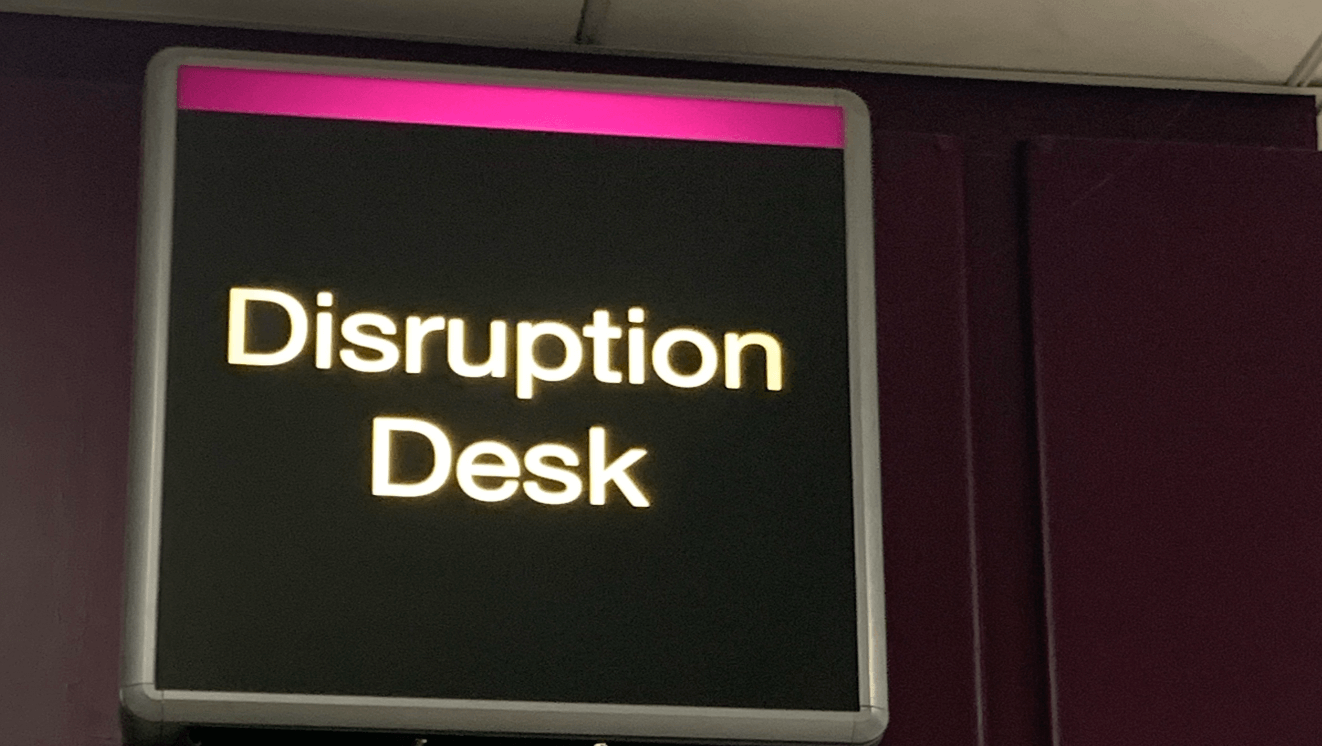Summary: In this upcoming webinar, Speculative Design Miniclass, Frank Spillers will illustrate how you can explore future customer journeys and product-service designs with a futurecasting process, equipping you with the tools and insights to navigate and design for the future confidently.
Getting over our fear of the future
In the past, the future filled us with awe, inspiration, and innovation mindsets. For example, people gathered worldwide to attend the World’s Fair, with scenarios and glimpses into attractive and streamlined future products and systems. Designing the future was a serious prototyping activity.
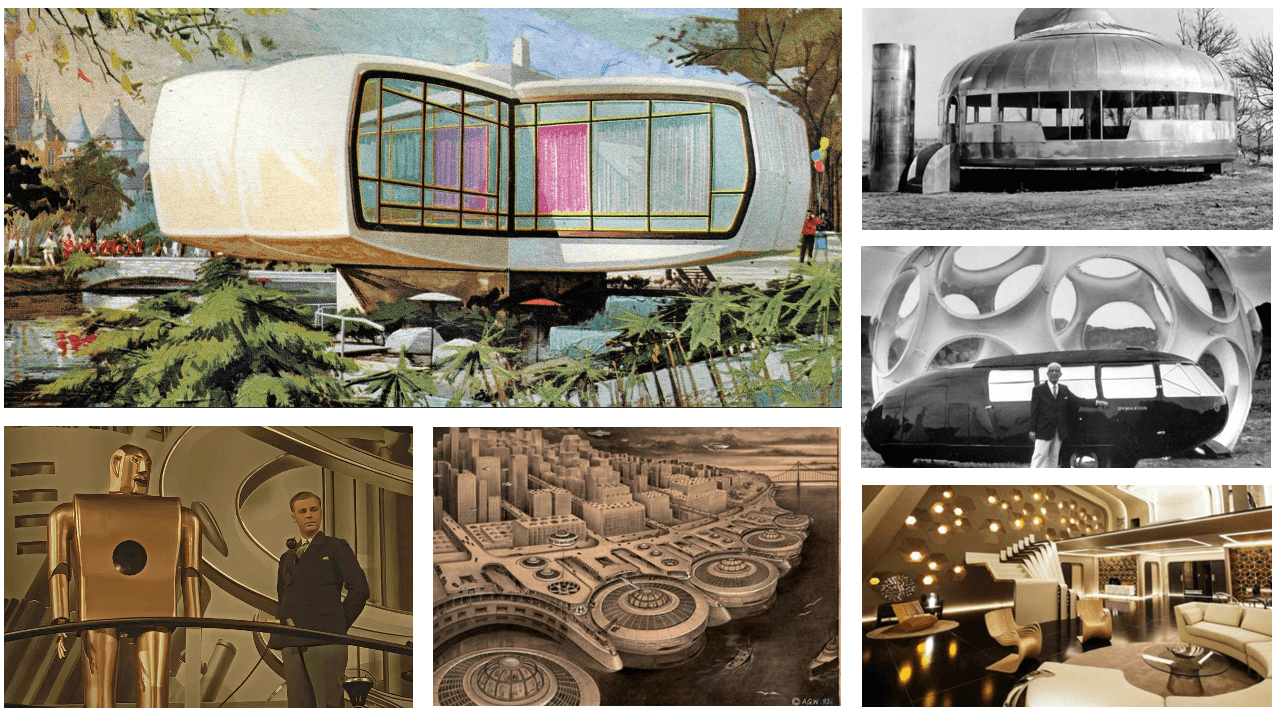
Designers like Bucky Fuller (black and white upper right) and Jacque Fresco built futuristic prototypes.
Not anymore. Today, in our UX work, we don’t look at the future; we focus on the now, also called “nowism”. For example, of the 5 types of customer journey maps, CX folks only do future journey mapping an estimated 26% of the time (Forrester).
Why? We have enough challenges dealing with current problems, and the future seems full of VUCA (volatility, uncertainty, complexity, and ambiguity).
How we got here: Our politicians stopped inspiring us after the 1960s and as the BBC Documentarian Adam Curtis said in the Power of Nightmares, by the 2000s replaced hope with fear. The exception is the sustainability community. Tackling climate change is a matter of urgency, according to the UN in 2023.
Our anxiety or fear about the future includes emerging challenges like AI for UX Design. These “unprototyped emotions” can lead to apprehension in embracing change, blocking momentum.
Why this matters: Sadly, the lack of future vision is the new default. Today, the uncertainties created by war and climate change contribute to a heightened fear of the future. Speculative Design is a future scenario modeling tool that can help constructively navigate uncertainty.
Prototyping the scary future with Speculative Design
This year has seen the fear of unethical AI escalate to the point of rapid multi-government regulation. From a UX perspective, we’re seeing an “add ChatGPT, and they will come” approach taking hold.
TLDR: Instead, UX needs to stretch the human-centered AI imagination further.
Instead of reacting to future challenges, Speculative Design promotes a proactive approach, allowing designers to anticipate and prepare for future scenarios, including fail cases, harm cases, and unexamined opportunities. This is particularly valuable in Service Design and Inclusive Design efforts.
Anxiety about future possibilities can be particularly challenging in the design field. But by deliberately exploring future scenarios in a calculated way offered by Speculative Design and tools like Futurecasting and ‘Visiontyping,’ we can better debug ideas and explore AI-augmented futures.
5 ways Speculative Design Facilitates Future Prototyping
1. Explore and debug Ideas
Speculative Design allows design teams to create ‘visiontypes’—prototypes of future scenarios. This method is vital for debugging ideas and trends in an AI-driven world, ensuring that new developments are approached sensibly and creatively.
2. Push the boundaries of Imagination
Speculative Design gives designers the imaginative room to stress-test various future scenarios. This not only encourages innovation but also helps in understanding the potential impacts and applications of emerging technologies in design.
3. Focus on Human-Centered futures
As AI and AR creep into our future, your UX efforts must evolve to focus on truly human-centered outcomes. Speculative Design encourages designers to create solutions prioritizing human needs and values, making technology more accessible and beneficial.
4. Future-proof customer journeys and designs
Like baby-proofing your home from the harm of a toddler, future-proofing your design and journey maps is essential. Speculative Design helps visualize and plan future customer interactions, ensuring that products and services remain relevant and practical.
5. Embrace a Futurecasting process
Futurecasting, a key component of Speculative Design, involves strategic planning and envisioning future scenarios. This process is crucial for anticipating and preparing for future trends, making design more adaptive and forward-thinking.
Go Deeper: Speculative Design Miniclass…
